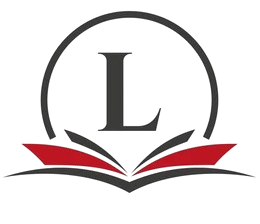Description
«Physical Chemistry Third Edition» nomli kitob, Peter Atkins va Julio de Paula tomonidan yozilgan va kimyo sohasidagi fizikaviy konseptlarni tushuntirish uchun mo’ljallangan. Ushbu qo’llanma, kimyo fanni o’rganuvchilari va tadqiqotchilar uchun zarur bo’lgan asosiy ma’lumotlarni o’z ichiga oladi.
The book presents important concepts in the field of chemistry, physical principles, molecular chemistry and thermodynamic issues in a wide scope. Also, the physical foundations of the interaction between atoms and molecules, concepts of thermodynamics and kinetics of reactions, interesting information on quantum chemistry and spectroscopy are shown.
«Physical Chemistry Third Edition» tajribali kimyo o’qituvchilari, tadqiqotchilari va kimyo sohasida qiziqishli bo’lganlar uchun mo’ljallangan. Ushbu qo’llanma, kimyo sohasidagi fizikaviy konseptlarni o’rganish va tushuntirishga yordam beradi, shuningdek, kimyo fanini o’rganayotgan talabalar uchun yaxshi bir asosiy qo’llanma hisoblanadi.








Reviews
There are no reviews yet.